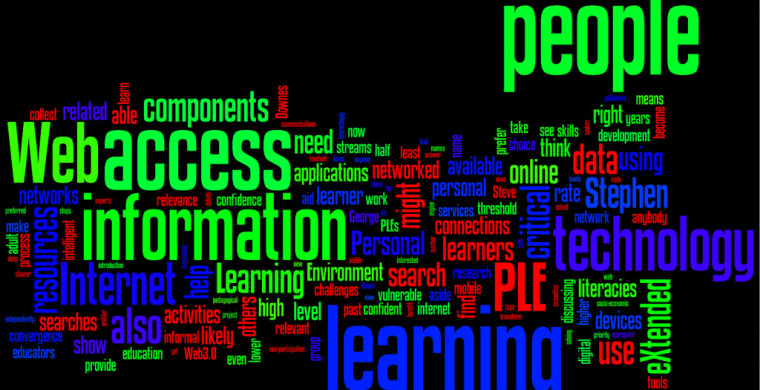Data use is about the details and communication

For aid data to be used to monitor projects and share information with communities, details are needed. And when there are inconsistencies there need to be communication channels available to figure out if the differences are normal or convey a problem.
Four organizations in Uganda in collaboration with Oxfam have started using data from donors published via the International Aid Transparency Initiative (IATI) to investigate projects in communities. Searching for projects on IATI’s user interface, they found that “IATI serves as a good alternative to enhance transparency and accountability,” especially since disclosure of information is hard to come by in many countries.
So with more access to information, what did they find? The Africa Freedom of Information Centre (AFIC) found that while the project they were monitoring had disbursed 70 percent of the reported project funds, some implementation areas had limited awareness about the work, even by people who seemed to be key stakeholders. While this sounds alarming, this may not actually be a problem. Maybe the people AFIC talked to were not actually the key stakeholders and other appropriate people had been consulted. AFIC noted that they needed details on participants, so it is possible in their educated guess they spoke to the wrong people. However if the AFIC spoke to the right people, it could signal that the project did not have buy-in or input at the local level, which could be problematic for sustainability. In other districts however, key stakeholders not only were informed of the work, but were part of trainings about it. Some of those stakeholders however, noted that they were yet to see the impacts of the work—hopefully that was just because the project was not complete yet. Without more detailed data or the ability to communicate with the donors or implementers AFIC could not answers these outstanding issues.
As I mentioned in my previous blog, it can be difficult to get access to additional information from donors without connections, so without better communication channels, it is hard to know if the project being monitored is actually on track or if problems are occurring. There needs to be communication between civil society and donors to seek clarity about what is happening on the ground in relation to project plans, and to flag to the donor when something seems unusual. This communication could help to build trust with communities by keeping them informed, and it could result in better and more sustainable project implementation. All of this would hopefully lead to better development outcomes and less people living in poverty.
While increased communication would help, it also has a lot of challenges. Publishing more details about projects could also help break down barriers and help civil society, media, and communities truly understand and monitor projects. Some of the IATI publishers already publish a lot of information with hundreds of pages of project documentation available per project. But even with hundreds of pages of information, all four of the civil society organizations said they needed more information. Some also expressed concern that a lot of time and patience is needed to sort through the data provided in all the numerous publications available.
Will there ever be enough data and how much data is enough data? Sure, organizations want more information so they can get quick answers to where and when work happens, who it benefits, and if it is happening the way it should. But the more available information there is, the more there is to sort through, which can leave data users drowning in a sea of information. Machine readable data and well-designed tools could also make it easier to navigate through the sea of data. But neither of those things is easy to accomplish. For these four organizations, it seemed that the most helpful documents were PDFs and other more robust attachments included in the project files. Since PDFs are not machine readable and can’t be easily sorted and filtered through, part of the solution may be to move away from PDFs to machine readable formats, but is that possible without losing all of the rich qualitative information that is so needed to actually monitor projects?
While the way forward to increase communication/feedback and to provide more details is not crystal clear, one thing that is clear is that when donors and others publish detailed information via IATI, it provides an important service for civil society and media.